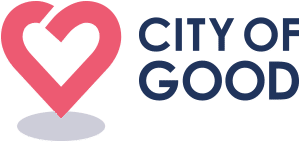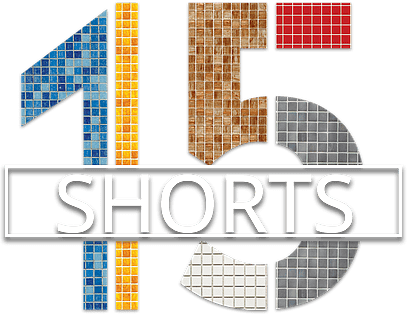7 Different Perspectives of Community Building

So we know the key components involved in building a community—but how do we approach the actual process? Again, there’s no single correct way to do this.
We can take a cue from community developers here in Singapore. As we discussed their approaches to community development, several different perspectives emerged. For sure, these aren’t the only perspectives out there—but they’re diverse enough to provide you with a starting point for your own approach to community building.
1. Relationship perspective
“Social work can become quite transactional, but community is not just about transactions— it’s about relationships,” said Ranga. This includes both relationships within the community and between different communities.
Relationships can consist of strong and weak ties.
Strong ties include those to whom we are closer and with whom we interact more frequently, such as family, close friends or close colleagues. Deep and fruitful relationships foster an emotional attachment and sense of belonging to the community. The community can continue to exist because its members sincerely care for each other and the growth and well-being of the community.
Weak ties are characterised by distant social relationships or infrequent interactions. For instance, weak ties can include loose acquaintances or the “friends” on social media you have only met once or twice. But… are weak ties bad? No! On the contrary, they are valuable as they are channels through which we may gain new ideas, exposure and resources. Reconnecting with or activating weak ties may create new opportunities for the community.
2. Core beliefs perspective
Developers who approach community building from this perspective say that beliefs are the core of a community. Everything—people, relationships, practices, outcomes—would revolve around common core beliefs.
3. Ecosystem-wide perspective
Think of communities as bubbles situated in the wider context of society. Even though these bubbles have boundaries—the commonalities that keep people in and others out—they can engage with other communities. Collaboration across communities can reduce duplication and generate synergy.
Interacting with different communities creates opportunities for cross-learning. New insights from exposure to other communities may motivate communities to have a greater vision, allowing them to realise untapped potential. We see this happen when communities adapt and implement another community’s programmes in their context.
4. Member-as-assets perspective
5. Developer-centric perspective
This perspective considers the extent of involvement of a developer in a community. Professional groups might be more developer-driven, while organisations formed around social issues might prefer that developers step back so that members will have the space to make decisions.
On the whole, developers agree that they should not overtly intervene in the community, but should instead “nudge” people to move things along.
6. Member-centric perspective
For developers who adopt this perspective, the key to sustaining a community lies in developing members, understanding their needs and goals, and considering their feedback. It begins with a meaningful onboarding process to welcome new members into the community. It recognises that the community can only move and grow at the pace that the members in the community are ready.
This perspective emphasises the importance of celebrating and encouraging individual contributions, and also considers how members leave a community. A member development journey might be used to help guide members towards becoming developers.
7. Members-as-owners perspective
In this perspective, members are seen as the drivers of community. For communities to develop organically, the focus must be on building members’ capacity to nurture their communities on their own. While this overlaps with the member-centric perspective, a key difference lies in the end-goal – members are the ones taking charge and take responsibility for their community.
Previous Chapter: The 8 Key Components of Communities






















